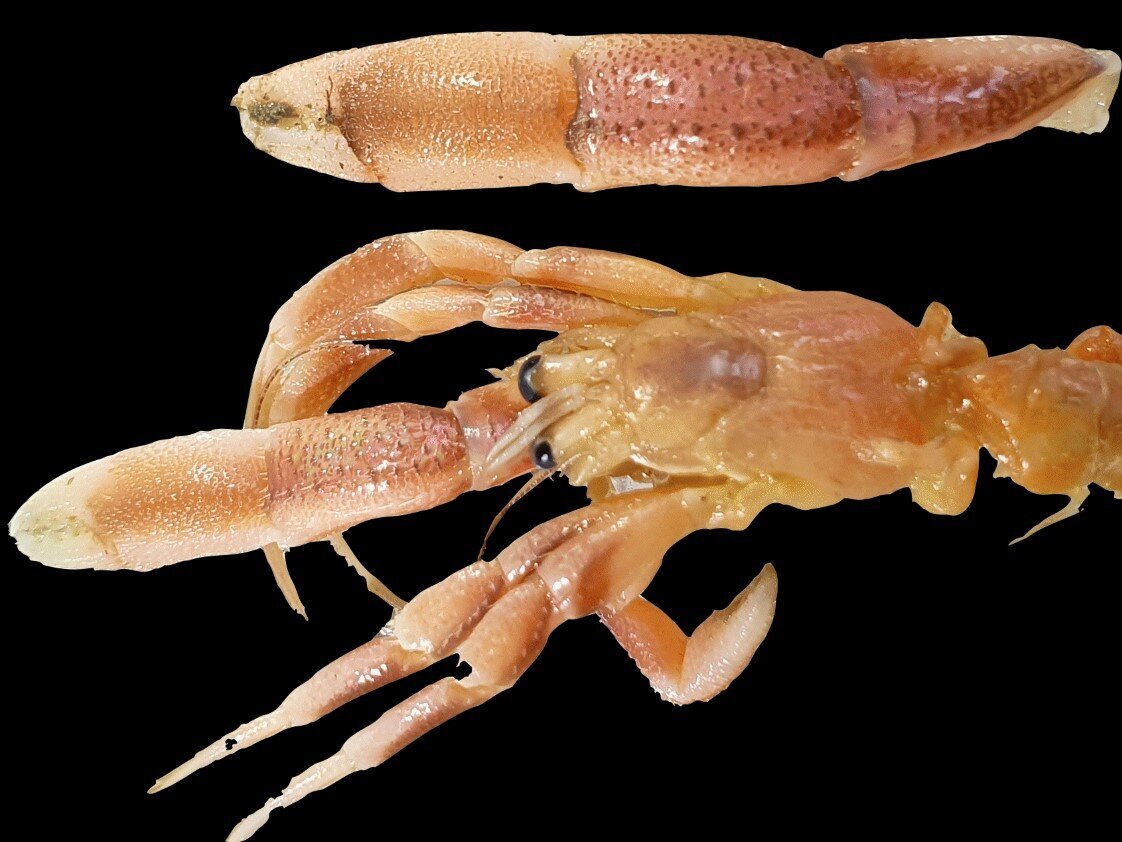The Demersal Young Fish Survey (DYFS) is an annual fishery survey that has been carried out since 1974 to determine stock indices for the young year classes of commercially exploited groundfish species. When you have been doing a survey for such a long time, you are usually very familiar with the species that occur. Therefore, the last catches in the Meldorf Bight off Büsum were very surprising for the scientists: A total of 61 individuals of the long-wristed hermit crab Pagurus longicarpus were found at nine stations in the Meldorf Bight. Usually the long-wristed hermit is native to the east coast of North America from the Gulf of Mexico to the Gulf of St. Lawrence. The species has not been recorded in the North Sea so far.
New species in German waters are not uncommon either now or in the past. But increasing global shipping and the climate-related warming of the North Sea seem to have promoted the establishment of new species in recent decades. New species can either immigrate to adjacent marine areas or they are introduced - mostly by human activities. In the case of the long-wristed hermit, we assume an introduction, as the large-scale coverage of the DYFS along the German coast shows that the population has so far only occurred very locally. The most likely vector for the introduction of the long-wristed hermit is the release of ballast water by ships. In the past, species have in this way often been introduced into the North Sea. Since the DYFS is carried out annually, we can assume that the long-wristed hermit has been introduced only recently. This gives us the unique opportunity to study the spread of a new species and its consequences on the ecosystem from the very beginning. The next few years will show whether the long-wristed hermit, possibly will displace other species and can therefore be considered as an invasive species. However, it is more likely that it will integrate "quietly" into the Wadden Sea ecosystem as it has been observed for most new species discovered in this unique environment. In any case, we are eagerly awaiting this year's DYFS.
For your questions feel free to contact:

![[Translate to English:] [Translate to English:]](/media/_processed_/7/1/csm_IMG_7977_large_1defaf5de1.jpg)







